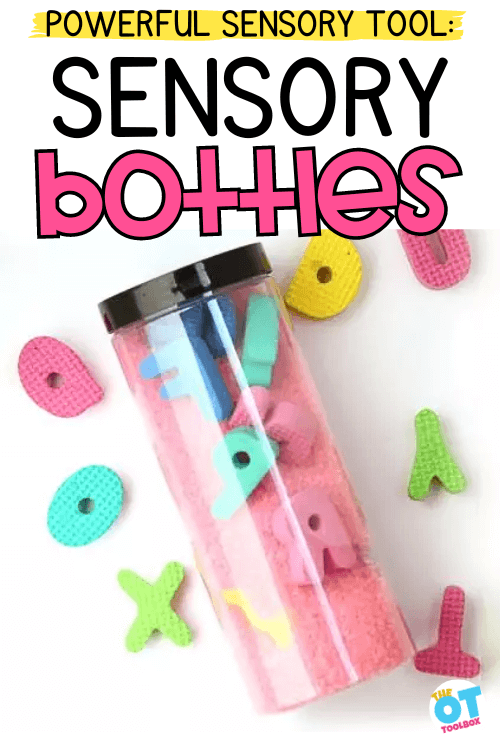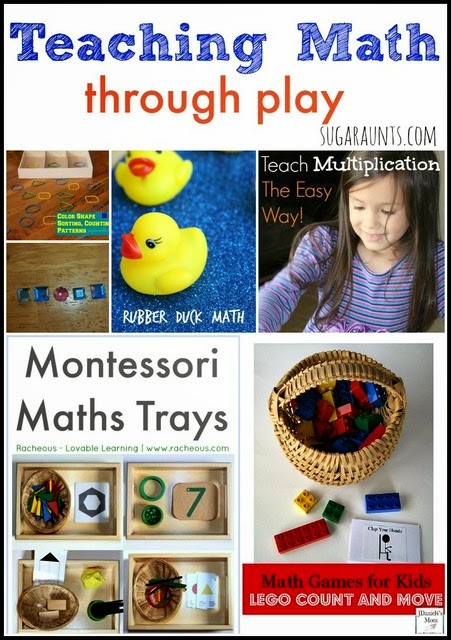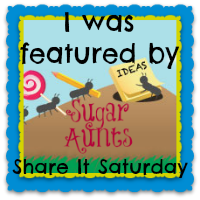Math is such a fun subject for kids to learn. They begin at such a small age with sorting, patterns, and then grow in their skills during each step of development. It’s been really cool to watch Big Sister this past school year as she started to learn Kindergarten math skills and then become confident with those abilities. She even said at her end of the school year Kindergarten graduation that her favorite memory of the year was “math”!
There is so much talk about the “summer slide” that happens with kids during their summer break. These ideas from the Share It Saturday link up are a great way to prevent the slide…or just have fun with math! I love that these activities promote math skills in a fun way. And, they don’t need to be done during the summer, they are perfect for year-round math fun!
We’re keeping the linky party live all month so be sure to stop back each week and link up your posts!
Playful Math Activities for Kids
LEGO Math Games from JDaniel4’s Mom
Montessori Math Trays from Racheous
Teach Multiplication the Easy Way from True Aim Education
Rubber Duck Math from Fantastic Fun and Learning
Patterns with gems from Dabbling Mama
Composing and Decomposing Numbers from Sugar Aunts
Nature Math from Sugar Aunts
Shape sorting and patterns from Sugar Aunts
Feel free to grab our button:
The Share It Saturday Pinterest board has loads of fun ideas for play and learning.
You may like more math activities on our Playful Math Pinterest board:







